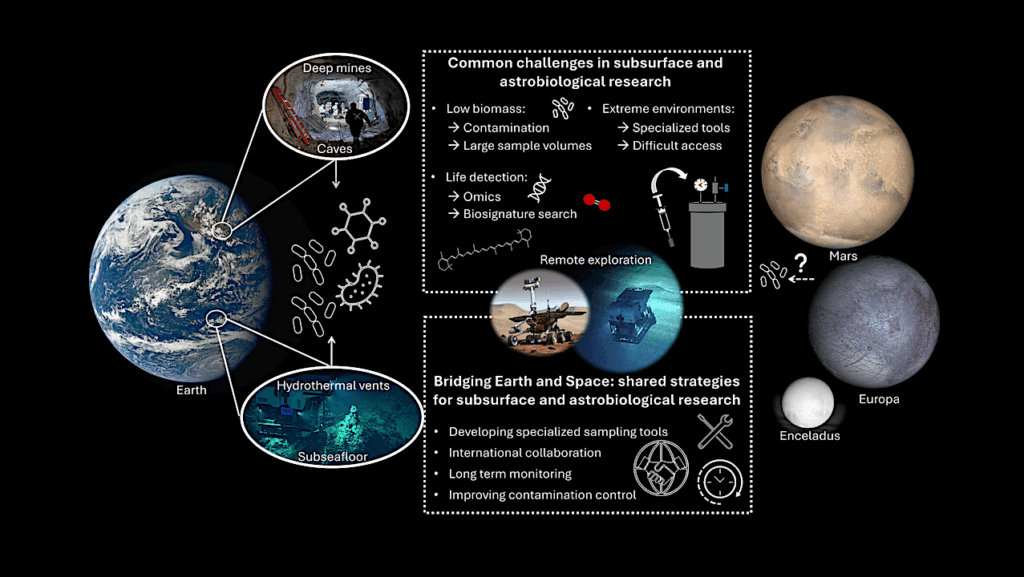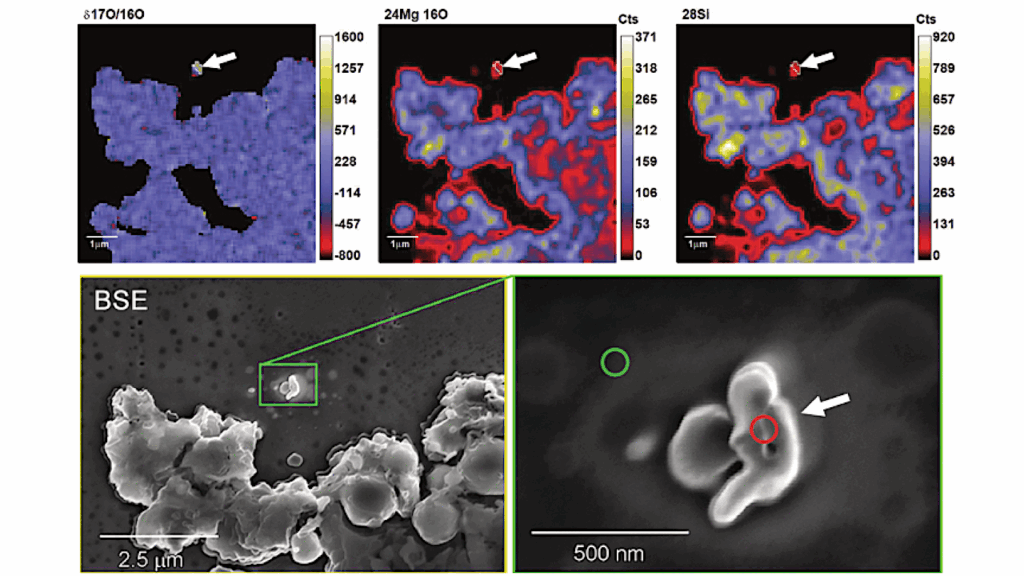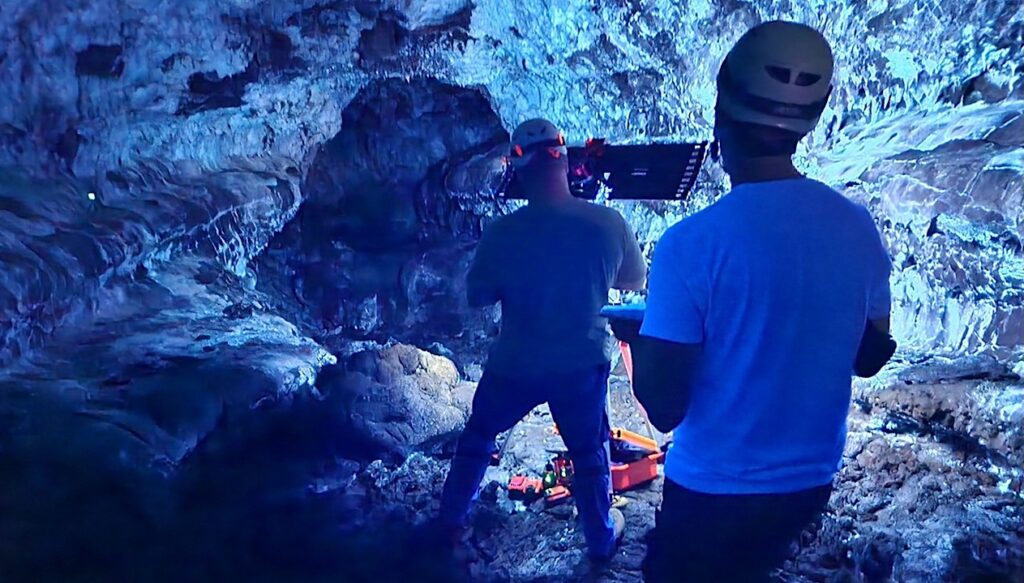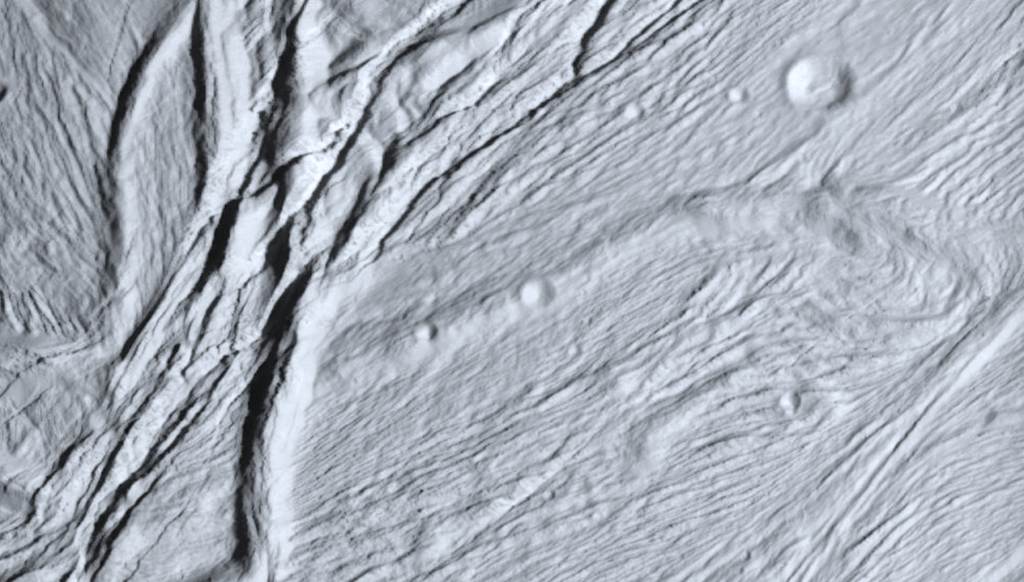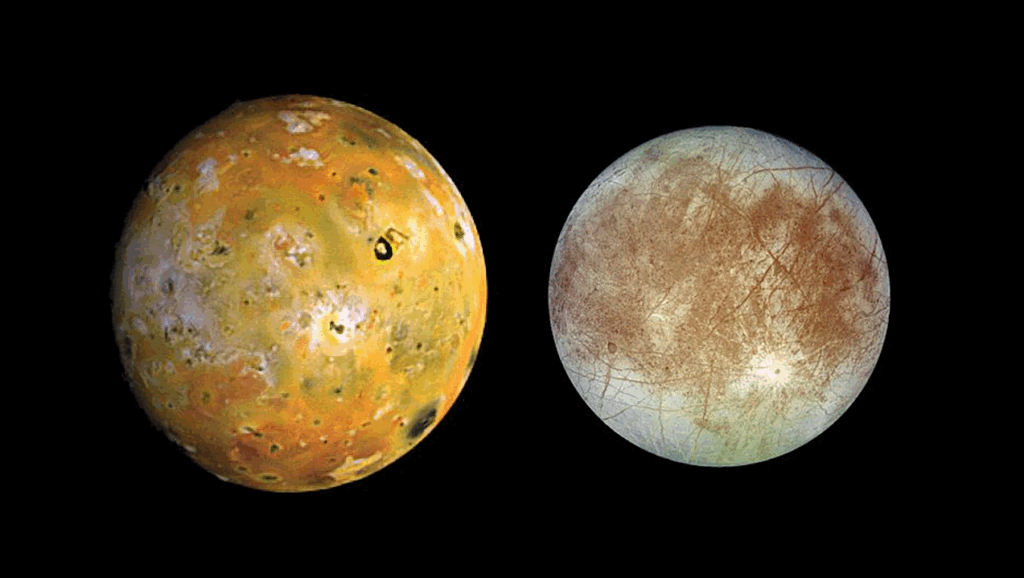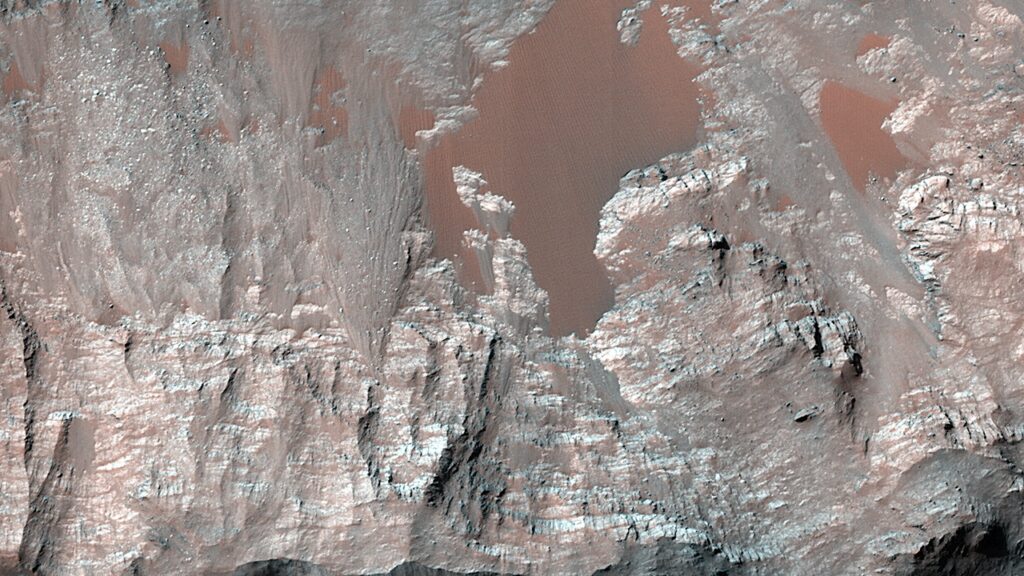Recovery of Phosphine In Venus’ Atmosphere From SOFIA Observations
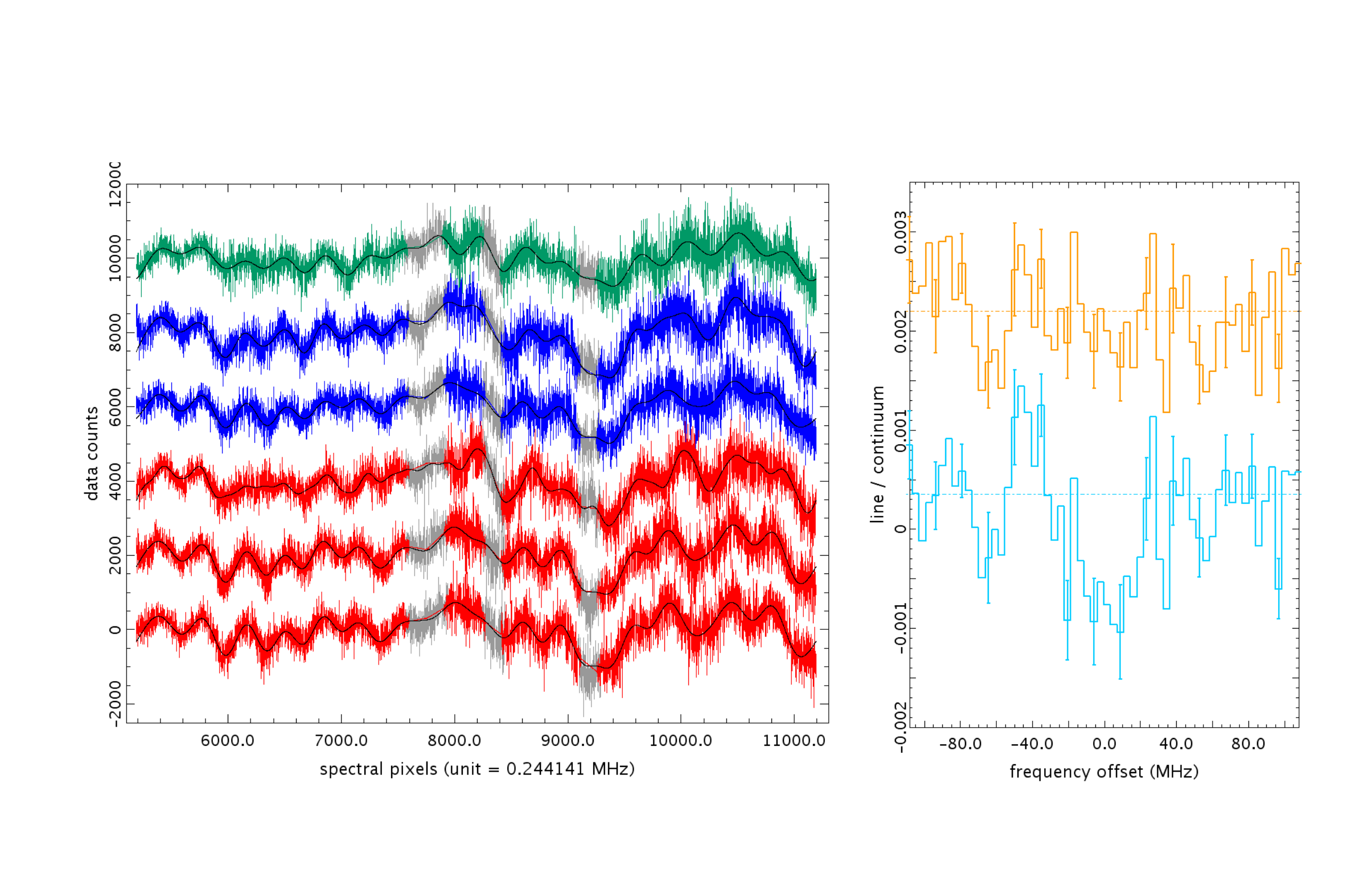
Searches for phosphine in Venus’ atmosphere have sparked a debate. Cordiner et al. 2022 analyse spectra from the Stratospheric Observatory For Infrared Astronomy (SOFIA) and infer <0.8 ppb of PH3.
We noticed that spectral artefacts arose mainly from inessential calibration-load signals. By-passing these signals allows simpler post-processing, and 6.5{\sigma} detection of 1 ppb of PH3 at ~75 km altitude (just above the clouds).
Compiling six phosphine results would suggest the abundance inverts: decreasing above the clouds but rising again in the mesosphere from some unexplained source. However, no such extra source is needed if phosphine is undergoing destruction by sunlight (photolysis), as it does on Earth. Low values/limits were found where the viewed part of the super-rotating Venusian atmosphere had passed through sunlight, while the high values are from views moving into sunlight. We suggest Venusian phosphine is indeed present, and so merits further work on models of its origins.
Jane S. Greaves, Janusz J. Petkowski, Anita M. S. Richards, Clara Sousa-Silva, Sara Seager, David L. Clements
Subjects: Earth and Planetary Astrophysics (astro-ph.EP); Instrumentation and Methods for Astrophysics (astro-ph.IM)
Cite as: arXiv:2211.09852 [astro-ph.EP] (or arXiv:2211.09852v1 [astro-ph.EP] for this version)
https://doi.org/10.48550/arXiv.2211.09852
Focus to learn more
Submission history
From: Janusz Petkowski
[v1] Thu, 17 Nov 2022 19:31:28 UTC (676 KB)
https://arxiv.org/abs/2211.09852
Astrobiology, Astrochemistry,


